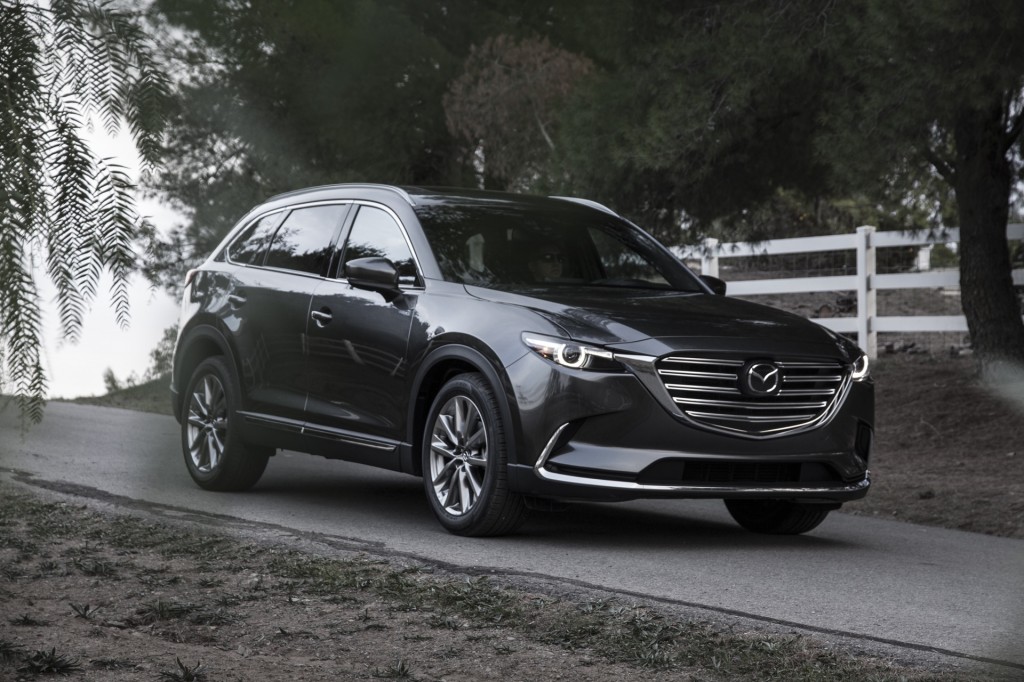The most fuel-efficient automaker in the U.S. doesn't sell a single hybrid car, let alone battery-electric cars or plug-in hybrids.
In fact, it currently doesn't have any vehicles with electrified powertrains in its whole U.S. lineup.
That's because the company in question is Mazda, which is notably improving efficiency across its lineup through refinements to internal-combustion engines alone.
DON'T MISS: New Mazda Rotary Engine Likely To Feature Turbo, Not Electrification
And that strategy is apparently enough: In its most recent Light Duty Fuel Economy Trends report, the U.S. Environmental Protection Agency (EPA) named Mazda as its top carmaker for fuel efficiency for the third consecutive year.
[EDITOR'S NOTE: The EPA report can be found here.]
[EDITOR'S NOTE: A number of readers have commented that Tesla Motors, which makes only electric cars, makes the most energy-efficient vehicles in the world. That is true, but this article is about fuel efficiency, not energy efficiency. Electricity is not a fuel.]
For the 2014 model year--the most recent year with available data--Mazda achieved a fleet average of 29.4 mpg.
It also averaged carbon-dioxide emissions of 328 grams per mile across its fleet.

2016 Mazda 3
Mazda works toward fuel-economy gains through its SkyActiv powertrains, which rely solely on tuning and some technical tricks to boost efficiency.
Mostly naturally-aspirated four-cylinder engines, they've also allowed Mazda to largely phase out larger engines.
Even the upcoming 2016 CX-9 three-row crossover will be offered only with a four-cylinder engine--a new 2.5-liter turbocharged unit.
ALSO SEE: 2016 Mazda CX-3: First Drive Of 31-MPG Small Sporty Crossover
The fact that Mazda's lineup doesn't include any large trucks or high-performance cars to drag down its average helps as well.
Avoiding more complex electrified powertrains has allow engineers to realize efficiency gains without stretching the resources of what is still a fairly small car company.
But Mazda may eventually have to add a plug-in hybrid or battery-electric model to its lineup to meet stricter emissions standards.

2016 Mazda CX-9
The carmaker is part of a second tier of manufacturers that will be required to comply with California's zero-emission vehicle mandate, beginning in 2018.
That means Mazda will have to sell a certain number of cars defined as "zero emission" in California to maintain compliance.
The Japanese firm and several other carmakers successfully lobbied to change the rules so that plug-in hybrids--in addition to battery-electric and hydrogen fuel-cell cars--can be counted toward the sales goal.
MORE: Mazda To Lean On Toyota For Hybrid, Fuel-Cell Expertise
Mazda recently signed a technical agreement with Toyota, which will likely supply powertrain components for future hybrids and plug-in hybrids.
It briefly sold small numbers of Tribute Hybrid SUVs (rebadged hybrid Escapes) when it was part of Ford. And it now sells a Mazda 3 hybrid only in Japan, whose domestic tax policies heavily skew its car market toward hybrids.
At the same time, Mazda president Masamichi Kogai has said the carmaker is aiming for a 30-percent efficiency improvement for its next-generation SkyActiv engines, which should appear around 2018.
_______________________________________________












